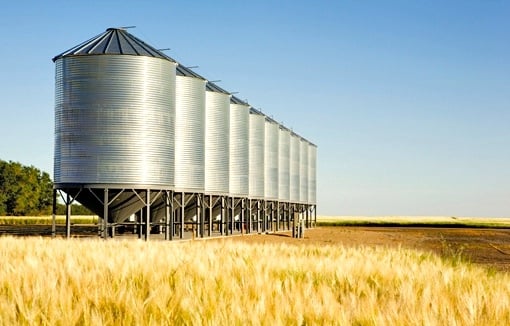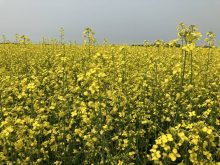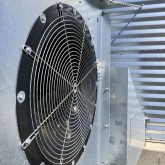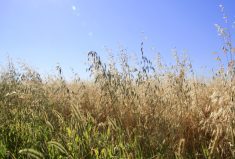Wet weather has not only slowed down harvesting and reduced quality, but increased the potential for storage problems, says provincial crop specialist Harry Brook.
“There might be a temptation to harvest damp or wet grain just to get it in the bin,” said Brook. “But the issue of wet grain has to be dealt with fairly quickly. Once it is in the bin is no time to forget about it.”
Producers should know the maximum moisture content for each crop when they are considered to be “dry” and safe to store, and how long damp grain can be stored in a bin, he said.
Read Also

New crop insurer policy enables easier startup for faba beans
Agriculture Financial Services Corporation updated its normals for faba beans, which may open the door for more Canadian producers to feel comfortable growing the pulse crop in the future.
- More from the Alberta Farmer Express: Numbers matter when storing grain, crop expert says
“Be warned that deterioration can start to occur before the time expires,” he said. “It still has to be either dried or aerated. Aeration requires warmer temperatures and low humidity, which is what we are currently lacking.”
Even dry, hot grain can suffer from moisture issues as cold air will cool the grain against the bin sides and moisture will move down the outside of the bin, and then come up the middle.
“If there is any place for the moisture to accumulate, it will be in the middle of the bin, just below the top,” said Brook. “Green seed or immature seed in the bin may also contain more moisture and add to the problem. This is why it is imperative when harvesting hot grain to cool it quickly. Aeration under hot harvest temperatures is important to get the grain or oilseed temperature down to a safe storage level.”















